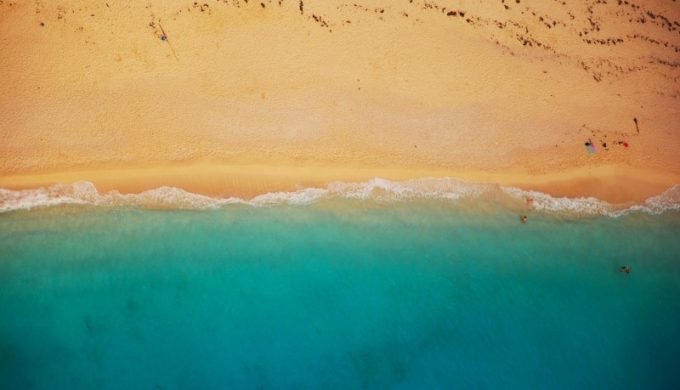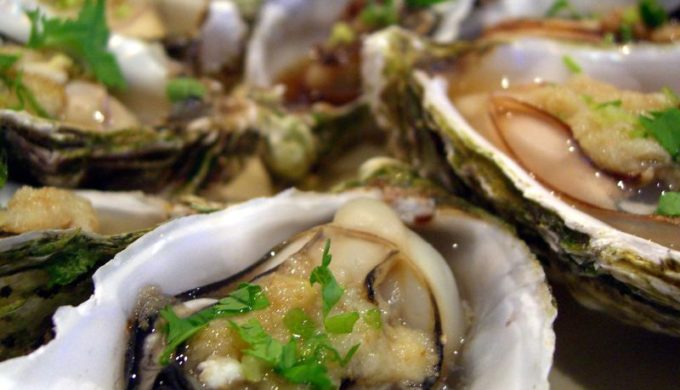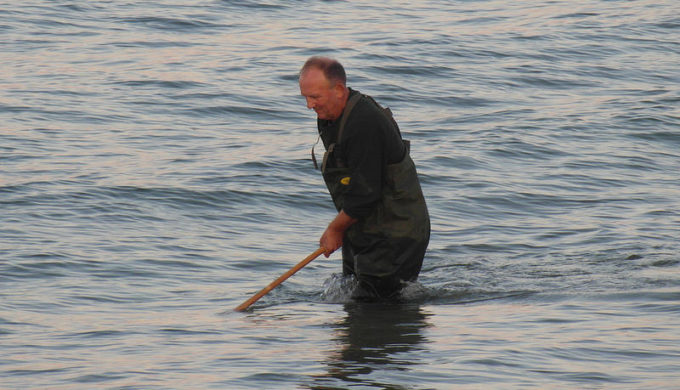Unlike the 1978 thriller sequel to “Jaws 2” and its tagline, “Just when you thought it was safe to go back in the water,” if you educate yourself, it really can be safe to go into the water at Gulf Coast beaches in Texas, despite numerous stories to the contrary regarding Vibrio vulnificus, a.k.a. “flesh-eating” bacteria.
 www.visualhunt.com
www.visualhunt.com
Lifestyle
Educate Yourself on the Risks of Flesh-Eating Bacteria
A Plethora of Information

Photo: visualhunt.com
For people with compromised immune systems, V. vulnificus, which is a naturally occurring bacteria found in the waters off the coast of Texas, has been known to cause serious medical emergencies. However, the Centers for Disease Control (CDC) and health departments in the Gulf States (Texas to Florida) have provided plenty of user-friendly information about the potential health threat but when all is said-and-done, sometimes the “user” turns to the internet, which of course has ample sensationalized stories with supporting photos that appear to be enough to ensure nobody goes back in the water.
Educate Yourself to Arm Yourself

Photo: Flickr/catherinecronin
What can the average water enthusiast do? Arm yourself with the facts. This can be done through contact with the CDC as well as your local health department, through which you might be interested to learn a few key truths. Knowing all of this will not absolutely protect you from infection, however this and supporting health department details will help reduce what are already considerably low odds of contracting V. vulnificus.
1. The “Odds” Perspective

Photo: visualhunt.com
Annually, 20-25 cases of V. vulnificus occur in Texas, from approximately 100 cases reported to the CDC in the entire country. According to tribtalk.org, approximately twice as many Texans are killed by bee stings and five times as many by hitting deer on the road.
2. Raw Oysters

Photo: Flickr/avlxyz
The bacterium is most often associated with oysters. Infections could begin through consumption of raw oysters or via skin abrasions or cuts that are exposed to it while wading in oyster reefs or areas where water circulation is minimal (such as shallow back bays.)
3. Wear Your Waders

Photo: Flickr/zeesenboot
The majority of these infections occur during the summer months, when the water temperature is at its warmest. Conveniently, this is also the time of year when many are fishing without waders due to the same circumstances.
4. Reduce Your Risk

Photo: Flickr/pictureperfectpose
Some steps to reduce the risks and still enjoy the water include wearing full water shoes with closed toes to avoid shells and mud/stones causing cuts or scrapes, wearing gloves when using your hands, cleaning any cuts immediately with soap and water and maintaining a watchful eye for signs of infection, and if you enjoy eating raw oysters, do so from a restaurant that identifies where they’ve been harvested from.

